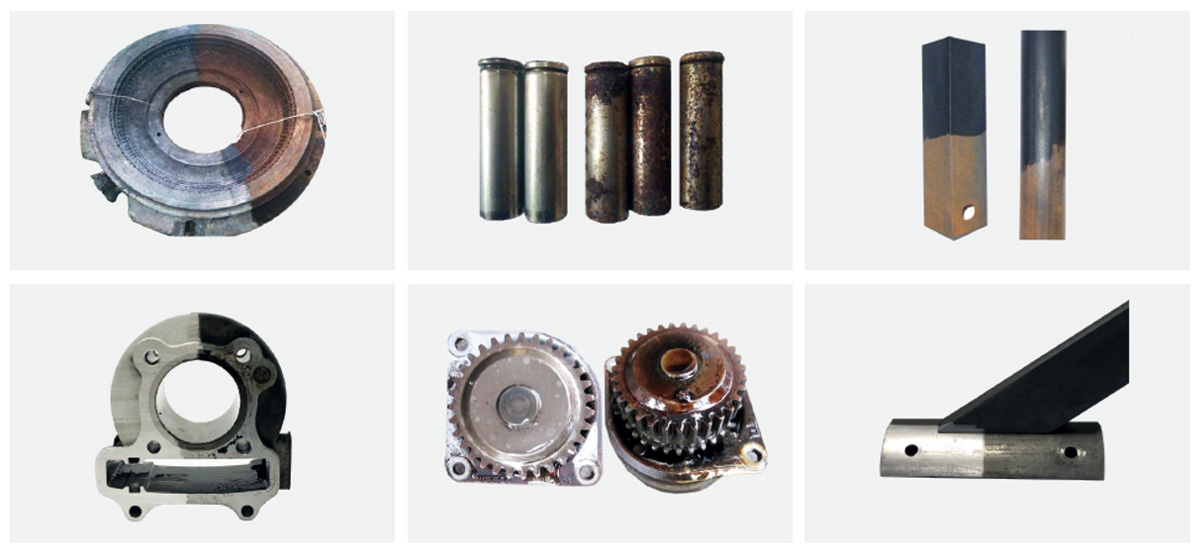1. Definition and examples of complex surfaces
Complex surfaces refer to surfaces with diversity and complexity in geometry, which may contain a variety of curves, angles and detailed features. Compared with flat surfaces, complex surfaces place higher demands on rust removal processes. For example, complex surfaces can be found in the following fields:
● Aerospace: Aircraft fuselages, engine components and airfoil structures, which usually have complex surfaces due to aerodynamic design.
● Automotive industry: Car bodies, engine components and suspension systems, etc., involve a variety of curvatures and shapes.
● Shipbuilding: The propellers, hulls and other parts of ships are often designed with complex shapes with specific fluid dynamic properties.
● Mechanical parts: Such as pumps, valves and gears, etc., are often designed with diverse shapes to meet specific functions.

2. Limitations of traditional rust removal on complex surfaces
Traditional rust removal methods, such as mechanical grinding, sandblasting, and chemical cleaning, while effective in some cases, have obvious limitations when dealing with complex surfaces:
● Difficulty of access: The shape of complex surfaces makes it difficult for methods such as mechanical grinding and sandblasting to reach all rusted areas, especially those inside or deep surfaces, which are prone to leaving rust uncleaned.
● Risk of surface damage: When using traditional mechanical tools, strong pressure may scratch or dent the substrate, affecting the function and appearance of the object.
● Uneven cleaning: For parts with complex shapes, traditional methods may cause uneven rust removal, leaving rust marks, which in turn affects the adhesion of subsequent coatings.
● High time cost: Cleaning of complex shapes often requires longer manual operations, increasing production costs and equipment downtime.
● Chemical dependence: Chemical cleaning methods usually require the use of harmful chemicals, increasing environmental pollution and safety risks, and are often difficult to clean on curved structures.
Therefore, the demand for effective rust removal on complex surfaces has become prominent. The introduction of laser rust removal technology has achieved innovative breakthroughs in this field and provided more efficient, environmentally friendly and precise solutions. Click here for more information

























































